African-American sculptor Meta Vaux Warrick Fuller lived and worked in Framingham, Mass. for most of her life. She studied in Paris with Rodin as a very young woman, and married late, to the Liberian psychiatrist Solomon Fuller. Fuller’s tiny studio, once in the attic of her family home, is reconstructed now as part of the Danforth Museum’s move and restoration. Fuller’s husband did not approve of his wife having a career apart from marriage and motherhood; but Fuller, persistent and driven to represent her heritage as a proud and historically significant one, eventually built a separate studio with a small inheritance of her own. The Fuller Room shows the Danforth’s entire collection, including molds, armatures, bas-reliefs, and small, unfinished work, and is inspiring.

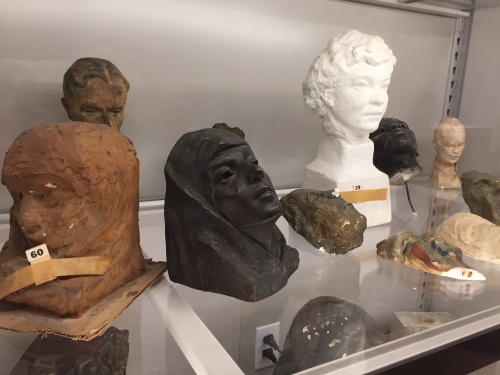




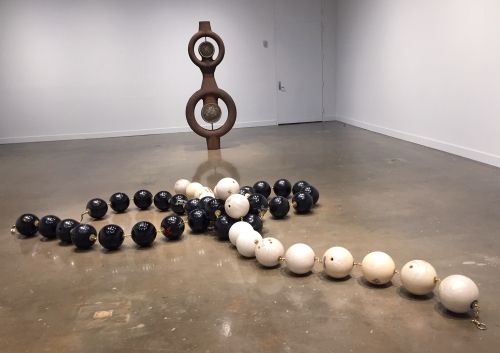 Now at MIT’s List Center in Cambridge are powerful installations by women sculptors, Kapwani Kiwanga and Kathleen Ryan. Kiwanga’s installation, “Safe Passage,” creates an experience of the power dynamics inherent in an unfamiliar environment. Sculpted searchlights and walls of slatted two-way mirrors form a disorienting pathway leading to a gallery displaying pages of a Green Book, on which are addresses of safe houses
Now at MIT’s List Center in Cambridge are powerful installations by women sculptors, Kapwani Kiwanga and Kathleen Ryan. Kiwanga’s installation, “Safe Passage,” creates an experience of the power dynamics inherent in an unfamiliar environment. Sculpted searchlights and walls of slatted two-way mirrors form a disorienting pathway leading to a gallery displaying pages of a Green Book, on which are addresses of safe houses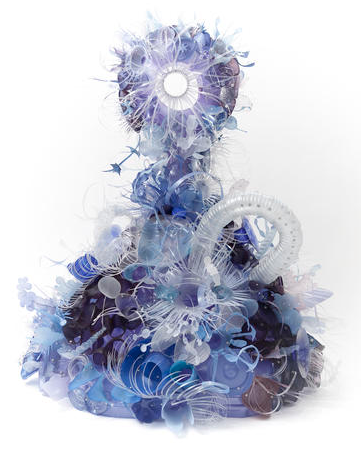
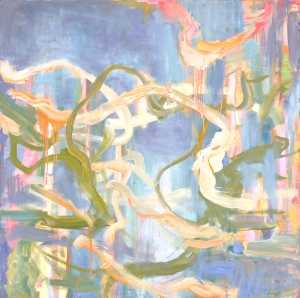
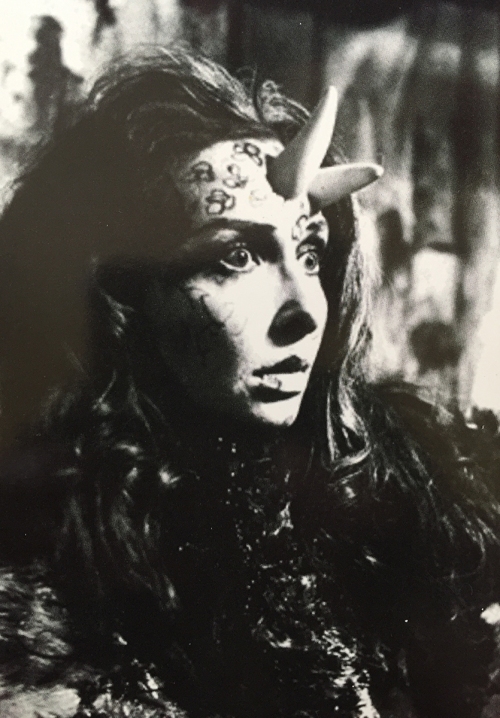 “Could a nude woman artist be both image and image-maker?” – Carolee Schneemann
“Could a nude woman artist be both image and image-maker?” – Carolee Schneemann